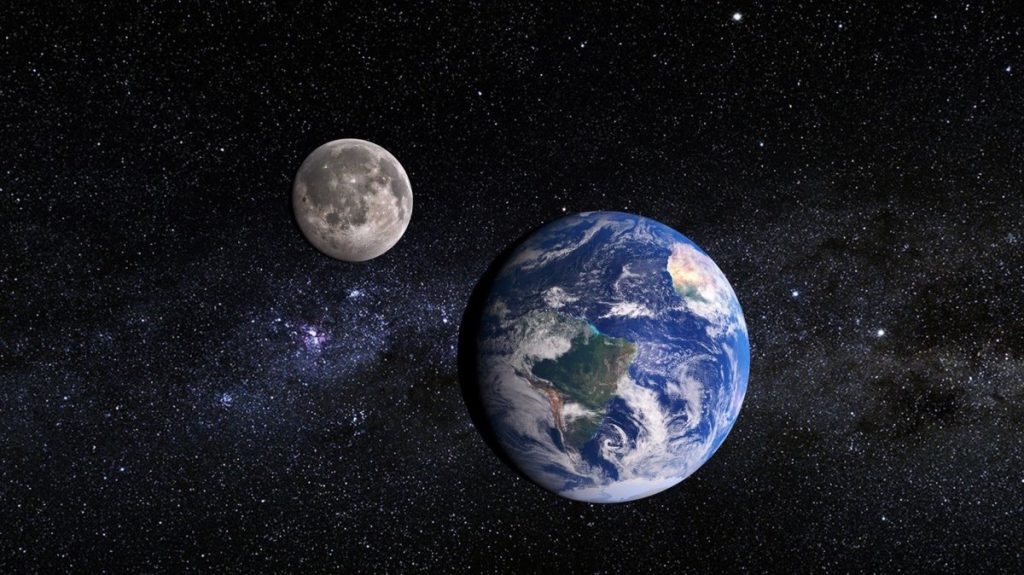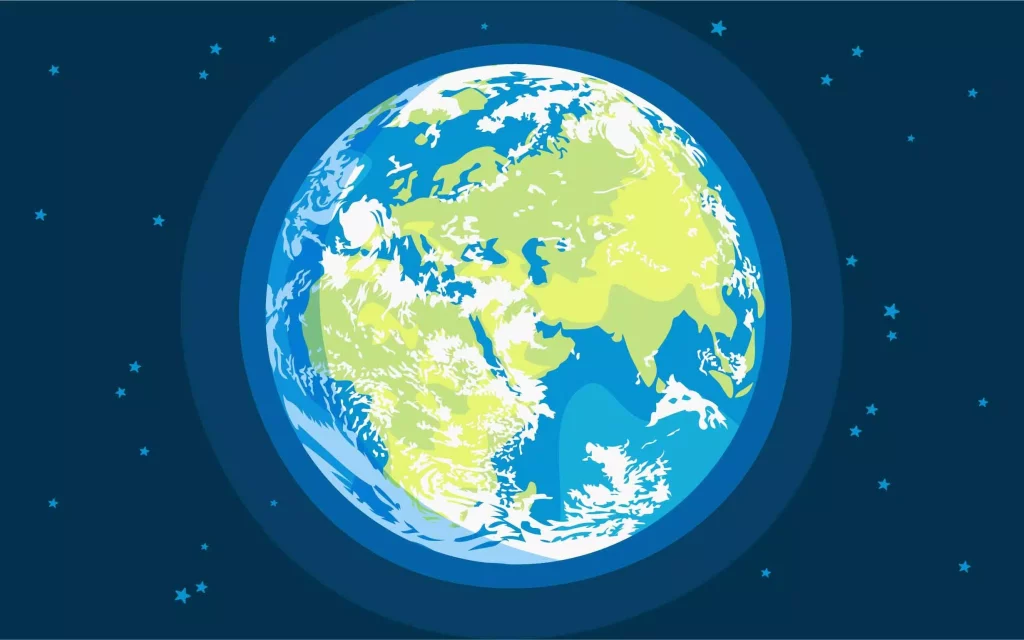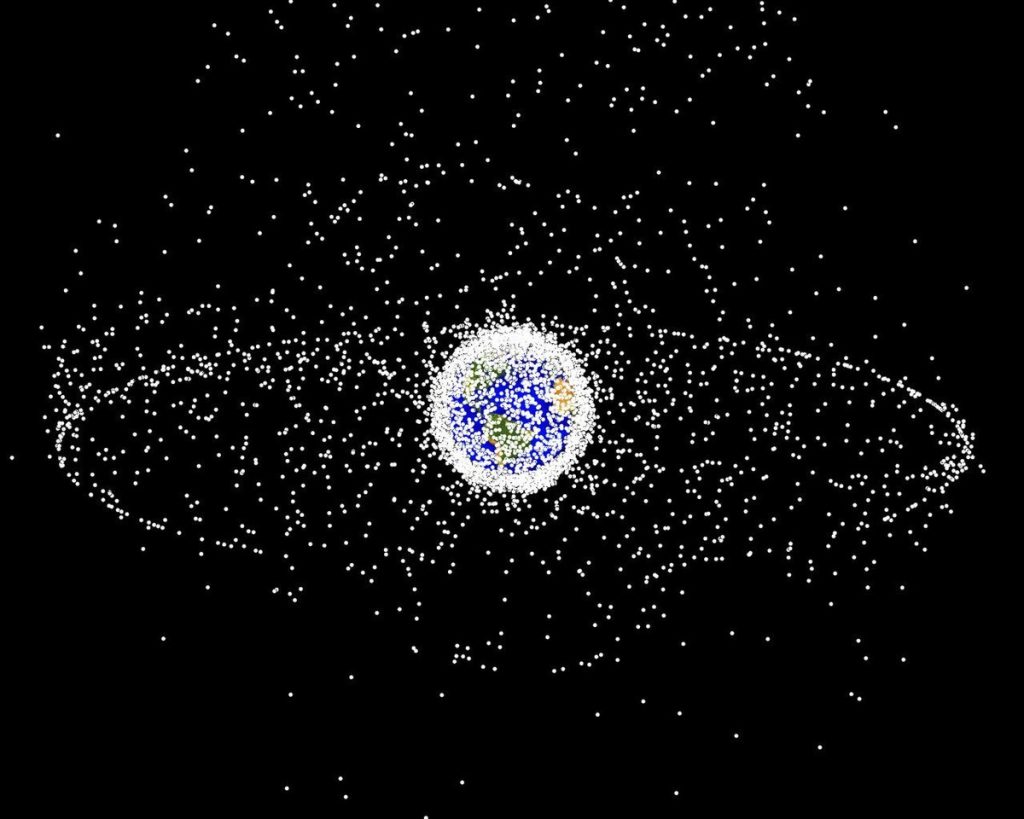The Earth is a unique planet in its structure (primarily due to the hydrosphere). The atmosphere of our planet is also significantly different, containing free oxygen.

The Moon is the only large satellite of the Earth and the entire inner group of the Solar System.

A day is not 24 hours, as we are used to counting, but a little less: 23 hours, 56 minutes and 4 seconds. These are the so-called “sidereal days” corresponding to the real period of rotation of the Earth around its axis. The accumulated difference of a few minutes is compensated by additional days in leap years.

At an altitude of 19 km above the surface of the Earth, the so-called “Armstrong line” passes – above it, a person will not be able to survive without an altitude-compensating suit, because all fluids in the body will boil already at body temperature.

The space around the Earth is filled with a huge number of bodies of artificial and natural origin. Since the first launch of Sputnik-1 in 1957, man has launched about 40,000 different objects, and about 100 tons of small meteorites, mostly dust fragments, enter the Earth’s atmosphere every day.





























